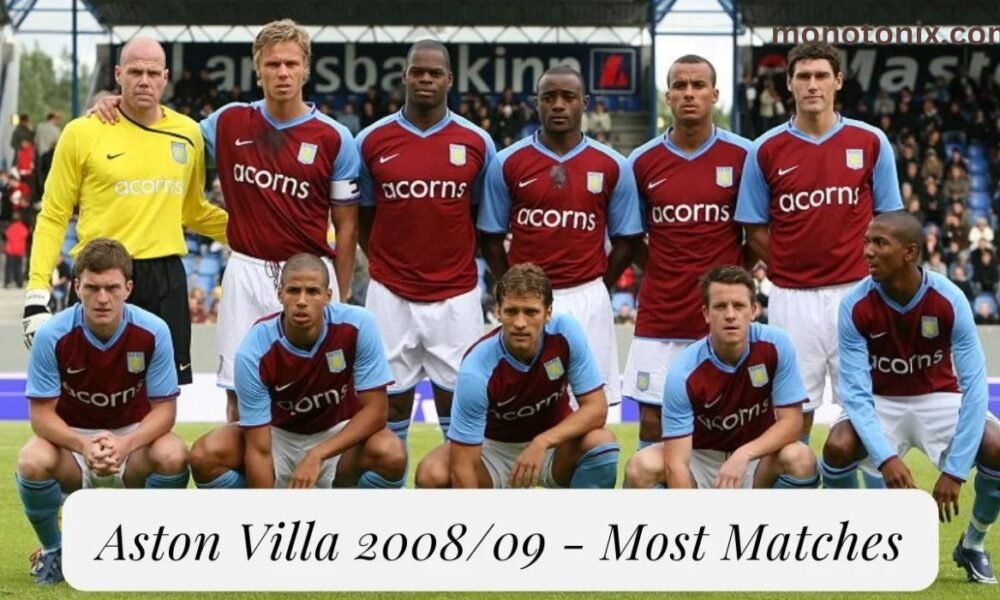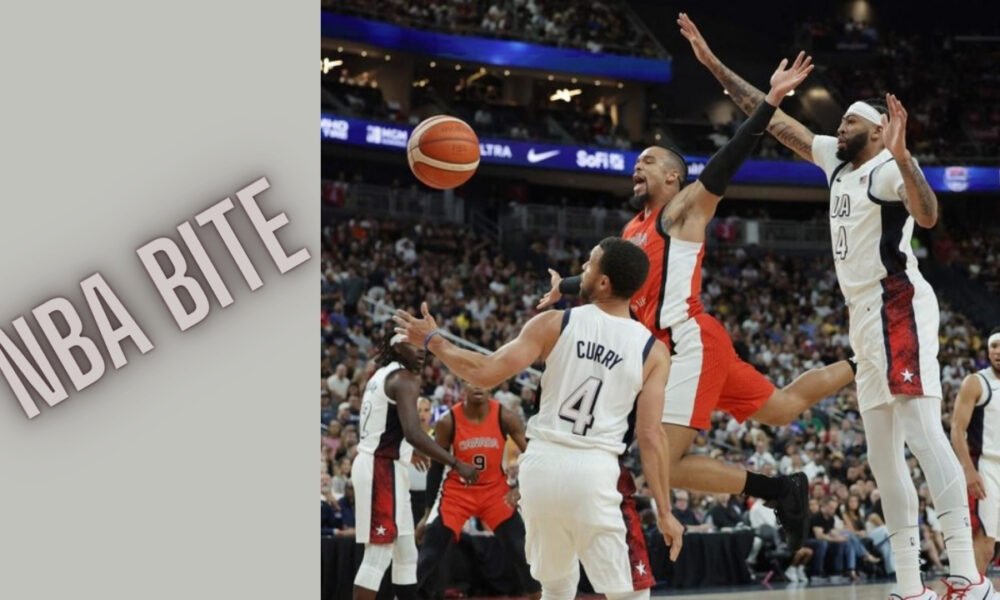An essential component of creating a successful sports team is player drafting. But not every draft choice ends up being profitable. This essay will examine poor draft picks in great detail, covering a range of topics such as causes, noteworthy cases, effects on clubs, and takeaways. We want to provide you a comprehensive grasp of what constitutes a bad draft pick and how teams should steer clear of bad decisions.
What Defines an Unsuccessful Draft Pick?
An unsuccessful draft pick refers to a player selected during the draft who fails to meet the expectations set by the team and fans. This can be due to a variety of factors such as poor performance, injuries, off-field issues, or an inability to adapt to the professional level of play.
What is a Draft Pick?
A draft pick is a method used by professional sports leagues to allocate new players to teams. The draft is an event where teams take turns selecting eligible players. The order of selection is often determined by the teams’ performance in the previous season, with weaker teams typically getting earlier picks to maintain competitive balance in the league.
Key Factors Leading to Unsuccessful Draft Picks
- Performance Issues:
- Lack of Skill Development: Some players fail to develop the skills necessary to compete at a professional level.
- Inconsistent Play: Inconsistency in performance can lead to a player being labeled as a bust.
- Injuries:
- Chronic Injuries: Persistent injuries can derail a player’s career.
- Significant Single Injuries: A major injury early in a player’s career can prevent them from ever reaching their potential.
- Off-Field Issues:
- Behavioral Problems: Issues such as substance abuse or legal troubles can impact a player’s career.
- Poor Work Ethic: A lack of commitment and poor work habits can prevent a player from succeeding.
- Team Fit:
- Mismatch with Team Needs: Drafting a player who does not fit the team’s strategy or style of play can lead to an unsuccessful pick.
- Coaching Issues: Poor coaching or a lack of support from the coaching staff can hinder a player’s development.
Notable Examples of Unsuccessful Draft Picks
NFL
- Ryan Leaf (San Diego Chargers, 1998):
- Ryan Leaf is often cited as one of the biggest draft busts in NFL history. Selected second overall in the 1998 NFL Draft, Leaf’s career was plagued by poor performance, injuries, and off-field issues.
- JaMarcus Russell (Oakland Raiders, 2007):
- Selected first overall in the 2007 NFL Draft, JaMarcus Russell struggled with weight issues, poor performance, and a lack of work ethic, leading to a short and unremarkable career.
NBA
- Greg Oden (Portland Trail Blazers, 2007):
- Greg Oden was the first overall pick in the 2007 NBA Draft. Despite high expectations, his career was marred by injuries, limiting his playing time and effectiveness.
- Anthony Bennett (Cleveland Cavaliers, 2013):
- Selected first overall in the 2013 NBA Draft, Anthony Bennett struggled to adapt to the NBA and was out of the league after just a few seasons.
MLB
- Brien Taylor (New York Yankees, 1991):
- Brien Taylor was the first overall pick in the 1991 MLB Draft. A shoulder injury sustained in a fight derailed his career, and he never played in a Major League game.
- Matt Bush (San Diego Padres, 2004):
- Drafted first overall as a shortstop, Matt Bush struggled with off-field issues and poor performance, eventually transitioning to a pitching role later in his career.
Impact of Unsuccessful Draft Picks on Teams
Financial Impact
- Salary Commitments: High draft picks often come with significant salary commitments. An unsuccessful pick can be a financial burden for the team.
- Cap Space: In leagues with salary caps, an unsuccessful draft pick can occupy valuable cap space, limiting a team’s ability to sign other players.
Team Performance
- Missed Opportunities: An unsuccessful draft pick represents a missed opportunity to improve the team.
- Depth Issues: Relying on an unsuccessful draft pick can lead to depth issues, particularly if the player was expected to fill a key role.
Fan and Media Reactions
- Fan Disappointment: Fans often have high expectations for draft picks. An unsuccessful pick can lead to disappointment and frustration.
- Media Scrutiny: The media closely follows high draft picks. An unsuccessful pick can result in negative media coverage and increased scrutiny on team management.
Lessons Learned from Unsuccessful Draft Picks
Importance of Scouting and Evaluation
- Thorough Evaluation: Teams must conduct thorough evaluations of potential draft picks, considering both on-field performance and off-field behavior.
- Advanced Metrics: Utilizing advanced metrics and analytics can provide a more comprehensive evaluation of a player’s potential.
Risk Management
- Injury History: Teams should carefully consider a player’s injury history and potential for future injuries.
- Character Assessment: Assessing a player’s character and work ethic is crucial to understanding how they will handle the pressures of professional sports.
Development and Support
- Coaching and Mentorship: Providing strong coaching and mentorship can help a player transition to the professional level.
- Support Systems: Establishing support systems for players can help them manage off-field pressures and challenges.
How Teams Can Avoid Unsuccessful Draft Picks
Comprehensive Scouting
- Multiple Sources of Information: Teams should gather information from a variety of sources, including college coaches, scouts, and advanced metrics.
- In-Person Evaluations: Attending games and workouts in person allows scouts to see a player’s performance firsthand.
Thorough Interviews and Background Checks
- Character Interviews: Conducting in-depth interviews with players can provide insights into their character and work ethic.
- Background Checks: Comprehensive background checks can reveal potential red flags that might not be apparent through performance metrics alone.
Consideration of Team Fit
- Strategic Fit: Ensuring that a player fits the team’s strategic vision and style of play is crucial for long-term success.
- Cultural Fit: Assessing how well a player will fit into the team culture can help prevent issues down the line.
Case Studies: Success Stories from Learning from Unsuccessful Draft Picks
NFL
- Peyton Manning (Indianapolis Colts, 1998):
- After the failure with Ryan Leaf, the Colts made a careful selection with Peyton Manning, who went on to have a Hall of Fame career.
- Patrick Mahomes (Kansas City Chiefs, 2017):
- The Chiefs learned from past draft mistakes and made a strategic trade to select Patrick Mahomes, who quickly became one of the league’s top quarterbacks.
NBA
- Giannis Antetokounmpo (Milwaukee Bucks, 2013):
- The Bucks took a chance on the relatively unknown Giannis Antetokounmpo, and their thorough scouting and development efforts paid off with an MVP player.
- Stephen Curry (Golden State Warriors, 2009):
- After several unsuccessful picks, the Warriors’ thorough evaluation and commitment to player development resulted in selecting Stephen Curry, who transformed the franchise.
You May Also Like: A Comprehensive Overview of the boltból : A Modern Marvel in Transportation
Conclusion
Unsuccessful draft picks are an inherent element of professional sports, but teams can reduce their impact by careful scouting, risk management, and solid support networks. By learning from past failures and applying best practices, organizations can boost their chances of picking players who will prosper at the professional level. Comprehending the causes of failed draft selections and the precautions teams can take to prevent them is essential to creating a competitive and successful squad.
FAQs
What is an unsuccessful draft pick?
An unsuccessful draft pick refers to a player selected in a sports draft who fails to meet the expectations set for them. This could be due to various reasons such as lack of performance, injuries, off-field issues, or simply not fitting into the team’s strategy or style of play.
What factors contribute to a draft pick being considered unsuccessful?
- Performance Issues: The player does not perform well in games.
- Injuries: Frequent or severe injuries can hinder a player’s ability to contribute.
- Off-field Behavior: Poor conduct or legal issues can affect a player’s career.
- Team Fit: The player might not fit into the team’s system or culture.
- Development: The player may not develop their skills as expected over time.
Can an unsuccessful draft pick turn their career around?
Yes, it is possible for an unsuccessful draft pick to turn their career around. Many players who initially struggle can improve through hard work, better coaching, or finding a team where their skills are better utilized. Some players have even become stars after a rough start.
How do teams recover from an unsuccessful draft pick?
- Trading: Trading the player for other assets that can help the team.
- Waiving: Releasing the player and freeing up roster space and salary cap.
- Focusing on Development: Investing more in player development to improve future draft picks.
- Free Agency: Signing proven players through free agency to fill gaps.
What are some famous examples of unsuccessful draft picks?
- Ryan Leaf (NFL): Drafted second overall in 1998, his career was marred by poor performance and off-field issues.
- Sam Bowie (NBA): Drafted ahead of Michael Jordan in 1984, his career was plagued by injuries.
- Alexandre Daigle (NHL): Drafted first overall in 1993, he never lived up to the high expectations.
- Kwame Brown (NBA): Drafted first overall in 2001, he struggled to perform at the expected level.
- JaMarcus Russell (NFL): Drafted first overall in 2007, he had a brief and underwhelming career.











